Quantum Internet
What is Quantum Internet? Can Science Make the Dream of a Revolutionary Next-Generation Quantum Internet Real?
Quantum internet is the general name of next-generation internet technologies that work based on the rules of quantum physics, allowing devices such as quantum computers to exchange data in a common environment. Theoretically, the quantum internet will enable today's web applications to reach speeds and capabilities they will never be able to achieve.
Quantum computers (and hence the quantum internet they are envisioned to connect); They are envisaged as new computers that work according to the principles of quantum mechanics, capable of performing very high speed operations due to the use of quantum bits called "qubits" (or "qubits"), which are expected to replace the classical (digital) computers with the "bit" logic structure used today.
Quantum Mechanics in Modern Technology
In today's rapidly developing fields of science and technology, in addition to quantum computers; Quantum technologies such as quantum communication, quantum teleportation, quantum encryption, quantum algorithms and lossless quantum state transfer are being tried to be produced.
Although quantum teleportation is described in popular TV series and movies as the transportation of microscopic and macroscopic substances from one point to another in space and time, that is, "teleportation", breakthroughs in this field are actually more about transferring the quantum states of objects from one point to another. Instead of easily breakable (decipherable) classical encryption, efforts are being made to produce quantum encryption protocols that work according to the principles of quantum physics. Models and algorithms for lossless transport of quantum information from one place to another are discussed. It is envisaged to use quantum mechanical algorithms instead of the algorithms used in classical computers. Similarly, instead of classical logic gates, new quantum logic gates that will suit the logical functioning of quantum states are planned to be used in quantum computers.
At this point where today's technology has come, physics asks whether all these technological processes are possible, if so, what tools can be used to do them, how to model scientific problems such as quantum computers, quantum communication, quantum tele-transmission, quantum encryption, quantum algorithms, lossless quantum state transmission. It seeks theoretical answers and empirical evidence to important questions.
The Concept of Entanglement in Quantum Computing
The common concept of all the physics topics mentioned above is quantum entanglement, which was first proposed by Schrödinger in 1935. In order to implement these technology applications, quantum entanglement must basically be mastered. For this reason, the problems of obtaining quantum entanglement, establishing and producing quantum logic structures, associating them with the quantum algorithm, transferring them to the quantum encryption protocol, transmitting and protecting them are important. Due to the importance of entanglement in terms of quantum technologies, very intense theoretical and experimental studies have been carried out in recent years.
This may all sound like a science fiction concept; However, creating quantum networks through the phenomenon of quantum entanglement is an important research and development ambition for many countries in the world. Recently, the US Department of Defense published its first plan, laying out a step-by-step strategy to make the dream of a quantum internet a reality over the next few years. Similarly, as we reported in 2021, China has demonstrated that data transfer may be possible thanks to quantum key spreader technology.
What is Quantum Internet?
Quantum internet is a network structure that will allow quantum devices to exchange some information in an environment that makes use of the laws of quantum mechanics. Theoretically, this is expected to give the quantum internet unprecedented capabilities that are impossible to achieve with today's web applications.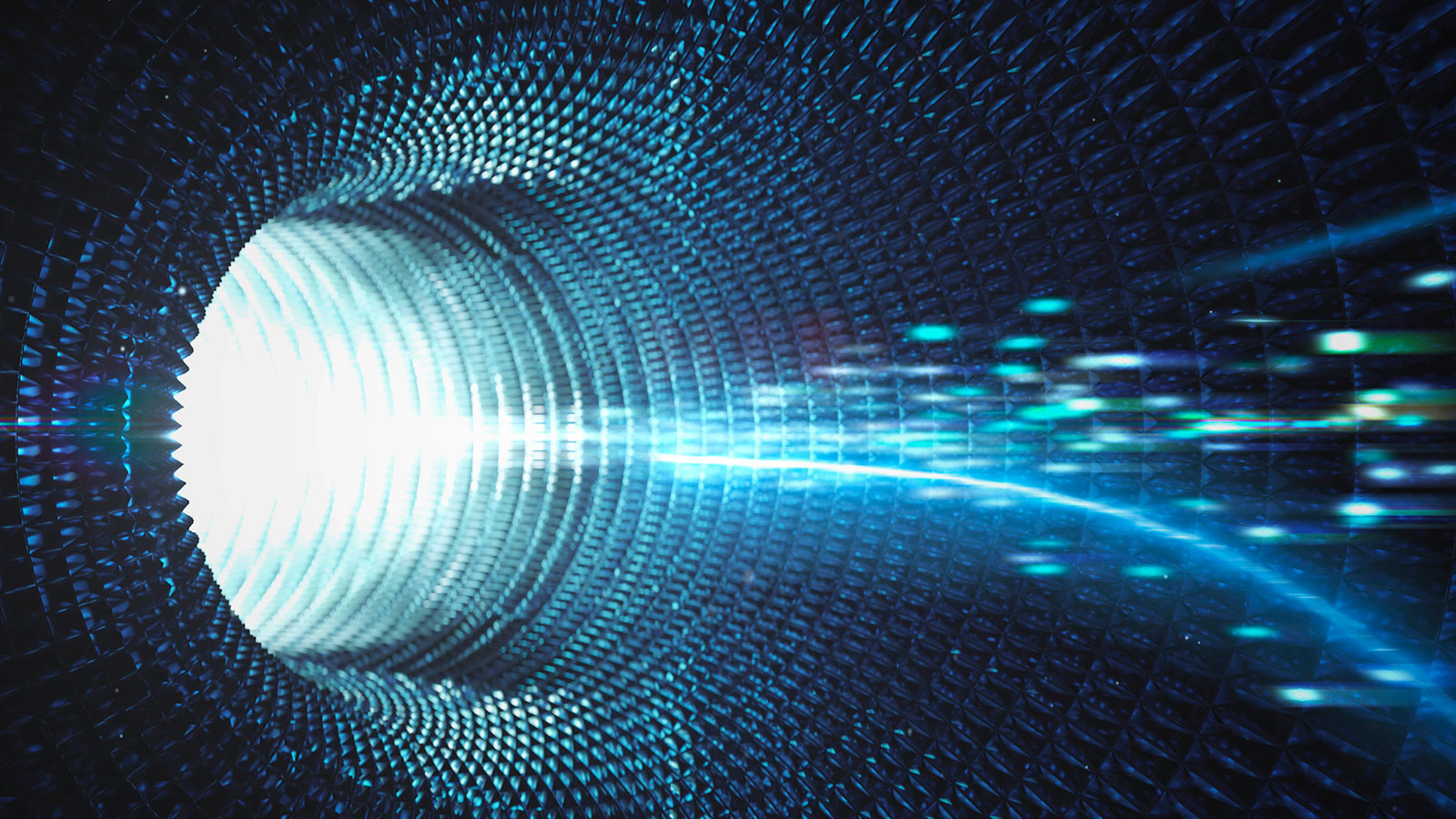
In the quantum world, data is encoded by the existence of quantum bits (qubits), which can be created in quantum devices such as a quantum computer or quantum processor. This data would simply involve sending qubits over a network of multiple physically separated quantum devices. Most importantly, all of this will happen thanks to the peculiar properties of the laws of quantum mechanics.
You may have compared this structure for a moment to the internet structure we currently use. However, sending qubits through a quantum channel instead of a classical channel means taking advantage of the quantum state behavior of particles at the microscale.
In order to understand how the future quantum ecosystem of the WEB 2.0 we use today works, it is necessary to forget everything you know about "classical computing". Because the quantum internet will never be like your favorite web browsers that you spend hours surfing on. That's why you shouldn't expect to participate in a quantum Zoom meeting, at least for the next few decades.
How Does Quantum Internet Work?
At the heart of quantum communication is that qubits, which exploit the fundamental laws of quantum mechanics, behave very differently from classical bits. The classical computers we use perform all operations on the bit unit, which can only take one of the values 0 and 1. For example, a light switch is "on" or "off" or a cat is "dead" or "alive", where 0 represents the "off/dead" position and 1 represents the "on/alive" position.
Qubits do not have to be in a 0 or 1 state as in classical systems. In the quantum world (unless we affect the system by making a "measurement"), operations can exist in the form of 0 and 1 at the same time. That is, a bit in the classical system "must" be 0 or 1, while a qubit in the quantum system "might" be. There is a situation where 0, 1, or both are superimposed on each other, called quantum superposition.
This is one of the fundamental points where quantum computers differ from classical computers. Unsurprisingly, of course, qubits won't be able to be used to send the kind of data we're familiar with, like emails or WhatsApp messages. However, it will create great opportunities in some broad-based applications.
What Will Quantum Key Distribution Do?
In classical communication, most data is secured by distributing a shared key to the sender and receiver and then using that public key to encrypt the message. The receiver can then use this key to decode the data. The security of most classical communications today is based on an algorithm for generating keys that are difficult but not impossible for hackers to crack. In recent years, researchers have been trying to do this communication process quantum mechanically. This concept is at the heart of a field of cybersecurity called quantum key distribution.
Quantum key distribution works by having either party encrypt a piece of classical data by encoding its key with qubits. The sender transmits these qubits to the person who measures the qubits to obtain their key values. This measurement causes the state of the qubit to collapse; But what is important is the value read during the measurement process. The qubit is, in a sense, just there to carry the key value.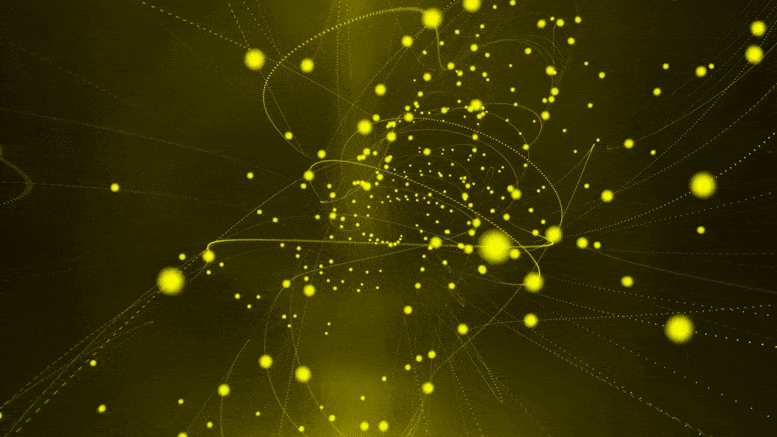
With this method used, it can be thought that it is easy to find out whether a third party is secretly monitoring the qubits during the transmission of data. Because this intruder causes this mysterious key to collapse by looking at it. So if a hacker looks at these qubits at any point, they will automatically change the state of the qubits but will inevitably leave a hidden monitoring/listening signature behind. This is why cryptographers claim that quantum key distribution is "provably" secure.
Why Quantum Internet?
Currently, the “usual” way to create quantum key distribution consists of sending qubits unidirectionally via fiber optic cables to the receiver; However, this significantly limits the effectiveness of the protocol to be established between the receiver and transmitter. Qubits can easily get lost or dispersed in a fiber optic cable, meaning quantum signals are prone to a lot of error and struggle to travel long distances. In fact, current experiments are limited to a range of hundreds of kilometers at most. The most critical solution in this regard is to take advantage of the entanglement phenomenon to communicate between two devices.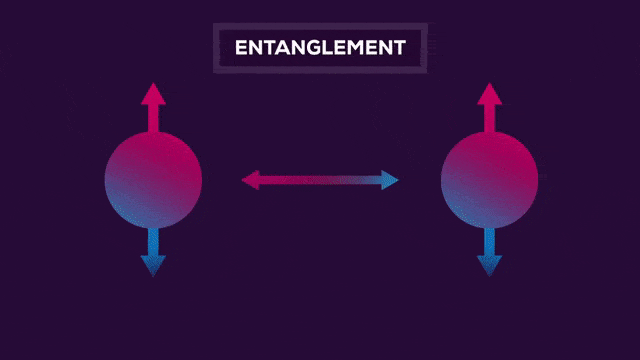
When two qubits interact and entangle, they share certain properties between each other. When the qubits are entangled, any change in one particle in the pair will cause changes in the other, even if they are physically separated. Therefore, the state of the first qubit can be "read" by looking at the behavior of its entangled counterpart. In the context of quantum communication, it can beam some information from one qubit to its entangled other half without needing a physical channel connecting the two.
This means that once the entanglement network is established, connected qubits will no longer need to pass through any physical infrastructure to transmit their messages from one place to another. Therefore, during transmission, the quantum key would be virtually invisible to third parties, impossible to intercept, and reliably “teleportable” from one point to another. This idea would have major impacts on industries that deal with sensitive data, such as banking, healthcare or aircraft communications, and governments that protect top-secret national information are also expected to use this technology effectively.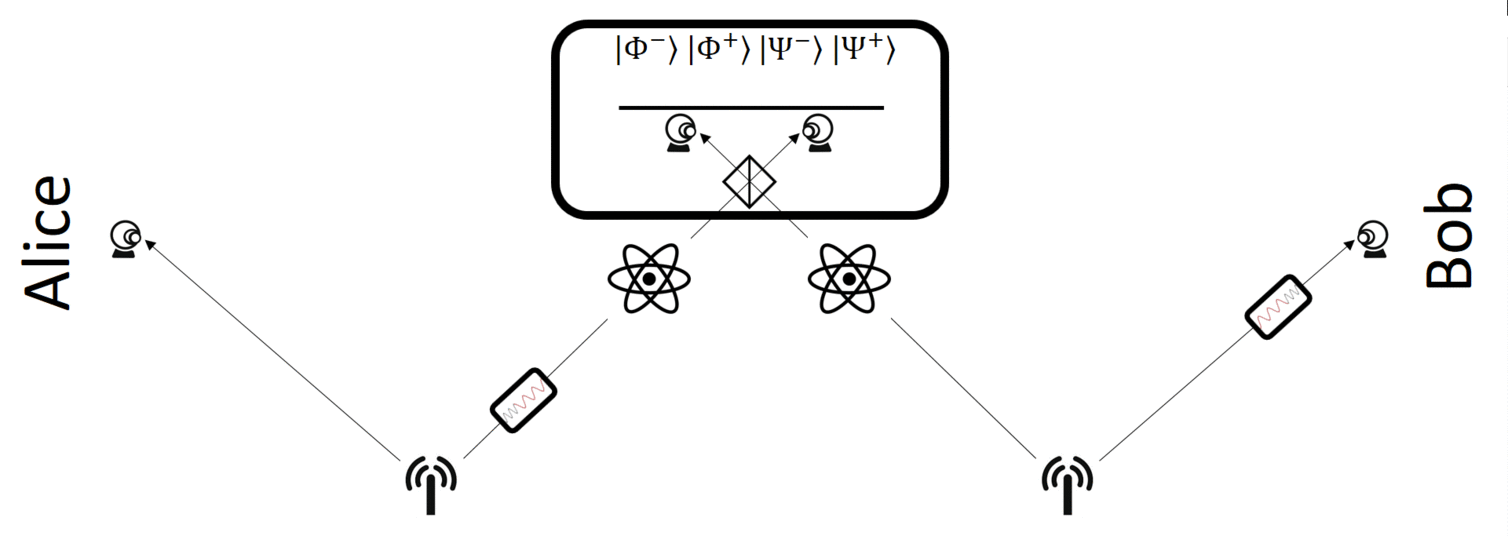
What Are We Waiting For To Realize Quantum Internet?
Scientists already know how to create entanglement between qubits, and have even successfully exploited entanglement for the aforementioned quantum key distribution. China, which has had successful research in quantum networks for a long time, has undertaken an important research on satellite-based entanglement and has recently broken the distance record in quantum key distribution with 1200 kilometers with the entanglement it established.
The next stage will be to further expand the existing infrastructure. However, major engineering challenges remain to create large-scale “teleportation networks” that can effectively connect qubits on Earth. All experiments so far have only connected two extremes. Now that point-to-point communication is available, scientists are trying to create a network where multiple senders and multiple receivers can exchange on a global scale over the quantum internet./storage.evrimagaci.org%2Fold%2Fcontent_media%2F4e9e6d34ef86c985c27af498bb251e85.png)
The new challenge: Finding the best ways to generate large numbers of entangled qubits over long distances and between many different points simultaneously. This is of course much easier said than done: Maintaining entanglement between a device in China and a device in the United States, for example, would require the development of an intermediate node presence on top of new routing protocols.
While China has chosen to achieve this with satellite technology in this sense, fiber optic technology is the method preferred by the US Department of Defense, which is currently trying to create a network of quantum repeaters that can increase the distance separating entangled qubits. In the US, particles remained entangled through optical fiber along an 84-kilometer "quantum loop" in Chicago, without the need for quantum repeaters, and the network will soon be rebuilt in laboratories to create a 130-kilometer quantum test.
The European Union also established the Quantum Internet Alliance in 2018 to develop a strategy for quantum internet, and researchers have achieved entanglement over distances of more than 50 kilometers.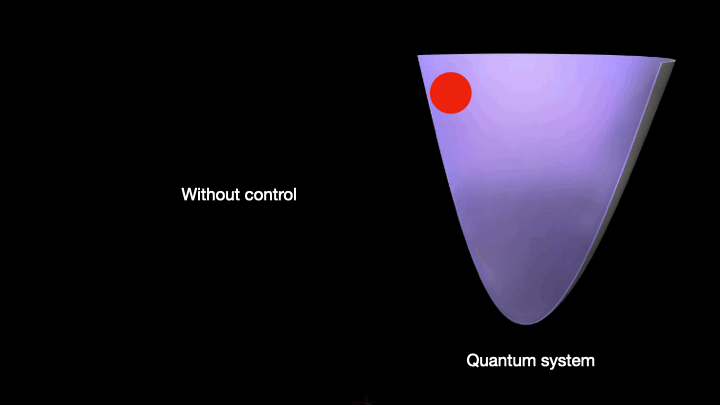
Conclusion
The goal for quantum researchers is to scale these networks first nationally and then internationally. The vast majority of scientists agree that this is unlikely to happen before a few decades. Quantum internet is undoubtedly a very long-term project and there are many technical obstacles in front of it. But the unexpected consequences that the technology will inevitably lead to will make for an invaluable scientific journey, complete with many strange quantum applications that cannot even be predicted for now. Just as Carl Sagan said:
Somewhere, something amazing is waiting to be discovered.

























































